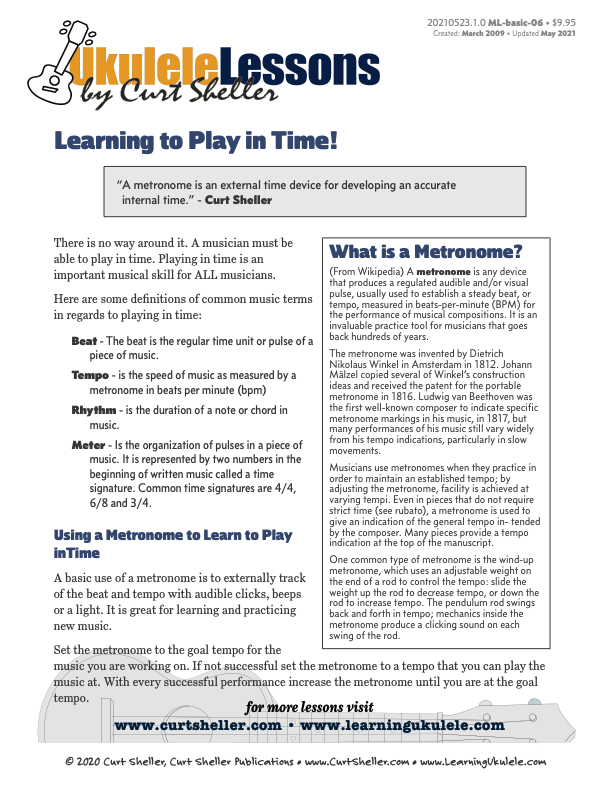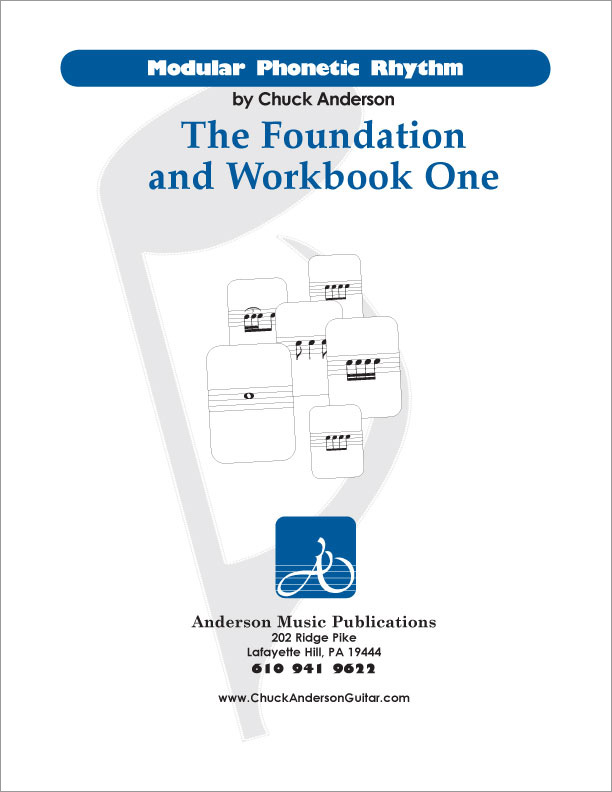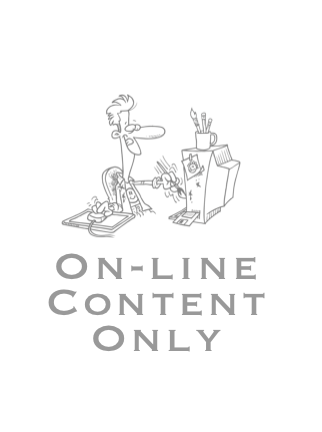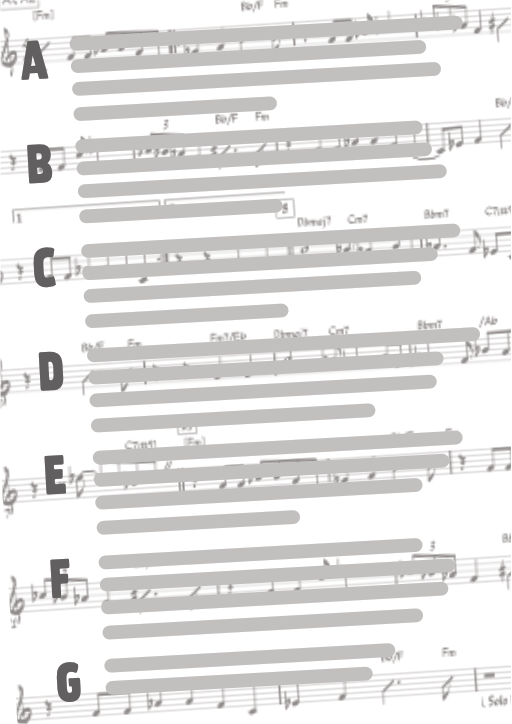Cut Time is a source of confusion for many musicians. What exactly does it mean and how do you apply it? Here is a guest lesson by internationally renowned jazz guitarist and educator Chuck Anderson.
Cut Time is a source of confusion for many musicians. What exactly does it mean and how do you apply it? Here is a guest lesson by internationally renowned jazz guitarist and educator Chuck Anderson

Cut Time is a source of confusion for many musicians. What exactly does it mean, and how do you apply it?
Too often, cut time is thought of as having two beats in a measure. There are not two beats in a measure of cut time - there are four beats in a measure of cut time. So, what makes this different from common time, i.e. four beats in the measure?
The confusion all centers on understanding the difference between the concepts of beats and pulses. It certainly doesn’t help that virtually everyone who counts off cut time does so with a 1 - 2 1 - 2 count. The confusion about the beats is understandable, especially with this misleading counting convention. The 1 -2 1-2 is accounting for the two pulses in the measure, not two beats.
In traditional common time, each beat is represented by a foot tap. Four beats in a measure - four taps of the foot. If you don’t tap your foot, think of a metronome which clicks on each of the four beats.
When you play in cut time, the beat will feel slower, but it’s an illusion. The beat itself is the same speed as it was in common time. It’s your foot or the pulse that’s moving half as fast.
Think of a measure of four in two halves. Beats one and two represent the first half of the measure, and beats three and four represent the second half of the measure. The first half of the measure gets the first tap or click. The second half of the measure gets the second tap or click - two pulses to the measure.
Here’s a simple example: Four quarter notes in a measure of common time. The foot tap or click occurs on each quarter note. If the quarter notes were to be read in cut time, the foot would now tap on beats one and three. The speed of the quarter notes would remain the same as if being read in common time. Since the foot now taps on beats one and three, the “feel” of cut time is established. Although I’ve never heard anyone do it, I always felt that the count off for cut time should be 1 - 3 1 - 3 not 1 - 2 1 - 2.
When is cut time used? Broadway music, sambas, polkas, bluegrass, classical, many ethnic forms and anytime the tempo gets so fast that it would be unwieldy to count and tap in four. As to a runaway tempo, the cut time is used as a convenience, sometimes a self-defense. In all the other situations, it is intended to produce a definite and distinctive feel.
When chords are being played in cut time on piano, the root is played on the left hand on beat one, the chord on the right hand on beat two, the fifth on the left hand on beat three and the chord on the right hand on beat four. The bass notes on beat one and on beat three create a strong stress that is responsible for the “two” feel of cut time. A guitar player hits a bass note on one, a chord on two, an alternate bass note on three and a chord on four. These are all down strokes and produce the characteristic “Boom - Chuck’ sound. These piano and guitar applications are both in the accompaniment role, not the reading melody role.
Cut time is not as difficult as it seems. Play melodies in four and then in cut time so that you can see and feel the difference and similarities between them. You’ll find that they’re not as incompatible or as difficult as you feared!
Reprinted by permission from Chuck Anderson • www.ChuckAndersonJazzGuitar.com
Related Lessons, Videos, Lesson Series, Songs, Books & Reference Charts, Resources & Assets, Workshops are below.

Playing in time is an essential skill that every musician must possess. There are no shortcuts or alternatives when it comes to this aspect of music. Keeping your place while playing is a crucial lesson that focuses on honing your ability to maintain a consistent tempo and rhythm throughout your performance.

Modular Phonetic Rhythm represents a significant advance in the teaching and application of rhythm. Eliminating many inefficient aspects of rhythm education, Modular Phonetic Rhythm streamlines the traditional educational approach, resulting in a reflexive reaction to rhythm.

Modular Phonetic Rhythm represents a significant advance in the teaching and application of rhythm. Eliminating many inefficient aspects of rhythm education, Modular Phonetic Rhythm streamlines the traditional educational approach, resulting in a reflexive reaction to rhythm.

Finally, learn the names of the notes of the ukulele fingerboard in C tuning .

Learn the six fingering principles to navigating the ukulele fingerboard. Fingering is one of the most universal topics. Book: Six Secrets of the Ukulele Fingering

Harmonic Analysis is the understanding of the functional sequence of chords. It is the process used to analyze the harmonic structure of a progression, song or composition. Book: Harmonic Analysis for Scale Selection and Chord Substitution

Learn to read single note melodies in the first/open position is a lot easier than you might think. Book: Ukulele – Reading Music Series – Primer

An organized collection of daily practice and reference material for the contemporary ukulele player for developing the vocabulary and knowledge necessary for single note playing. Book: Daily Practice Material for the Contemporary Ukulele
Checkout the Books & Reference Charts for additional Handy, Dandy Reference Charts.

Ukulele Fingerboard Chart for C Tuning, Low or High G – G C E A

Ukulele Fingerboard Chart for G Tuning, Low or High A – D G B E

A handy reference chart of all 15 major and relative minor key signatures. US Letter 8.5 x 11 sized (ANSI-A), A4
Checkout the Books & Reference Charts for additional Handy, Dandy Reference Charts.





.jpg)